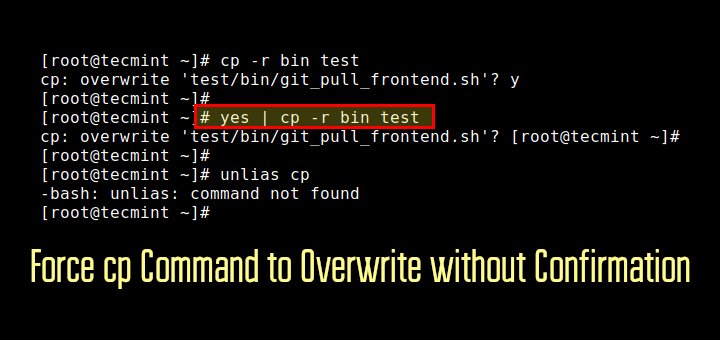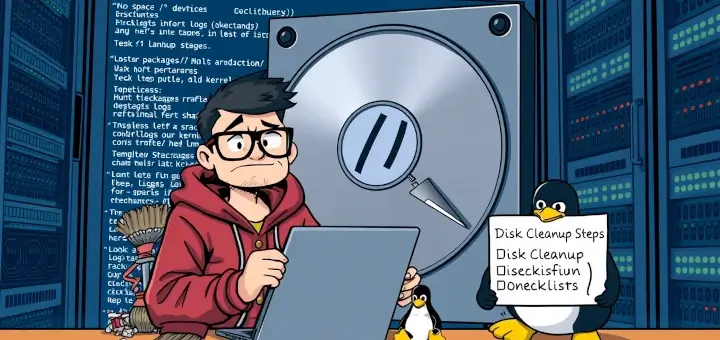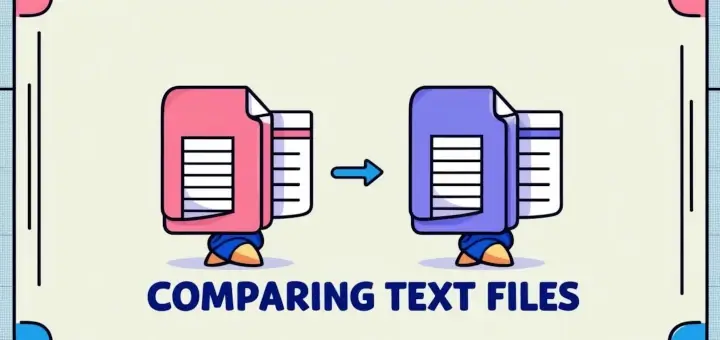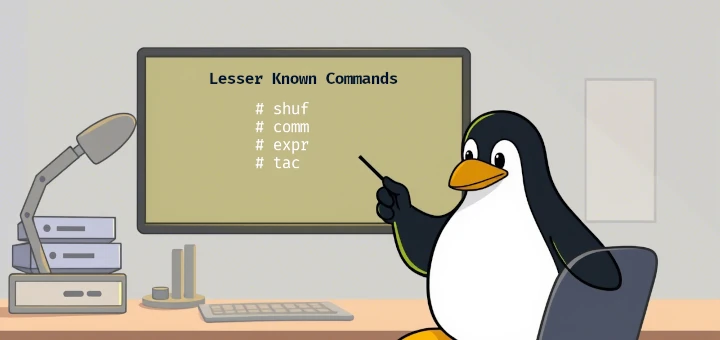Usually, on a Linux mail server, over the time the size of /var/spool/mail/root file can increase considerably do to various programs, services and daemons that are configured by default to send notifications to root account mailbox.
If the root mailbox file grows in size considerably, you should take into account some measures in order to delete the file in order to free disk or partition space.
However, before actually deleting the root mail messages, first try to read all the root mails in order to make sure that you don’t remove some important e-mail. On console, you can login as root into your system and simply execute mail command which will automatically open root account mailbox for reading. If mail command line utility is not present in your system, install mailx or mailutils package by issuing the below command.
# yum install mailx [On CentOS/RHEL/Fedora] # apt-get install mailutils [On Debian/Ubuntu]
The simplest method to delete the root account mail file is to use Linux stdout redirection to the file, which will truncate the mailbox file, as illustrated in the below example.
# > /var/spool/mail/root
Other variant you can use to truncate the root account mailbox file is to read the content of /dev/null special Linux file (Linux blackhole file) with cat command and redirect the output to root mailbox file, as shown in the below example. Reading the content of /dev/null file will instantly return EOF (End Of File).
# cat /dev/null > /var/spool/mail/root
After truncating the file, inspect the content of the root account mailbox file using cat command, more or less command in order to determine if the content of the file has been successfully erased.
The less command should return END of file immediately.

You can automate the process of truncating the root account mailbox file by adding a crontab job to run each midnight as shown in the below except.
# 0 0 * * * cat /dev/null > /var/spool/mail/root 2>&1 > truncate-root-mail.log
That’s It! If you know any other way of deleting root mailbox, do share with us via comment section below.








When I try to run
> /var/spool/mail/root, I receive ~Permission Denied~ error.How do I get past this???
This is on Ubuntu 20.04 LTS.
@Peg,
Use sudo while running the command like:
I would instead set a .forward in the root home directory to receive root emails on a real account. I think it is bad practice to delete these.
What you miss could be :
Sorry clearly, I’d rather redirect root email to a real mailbox than deleting it.
Sure, if you first reach it and it is full, then you may need to empty it as a starting point.
For console based email client, i also like mutt.